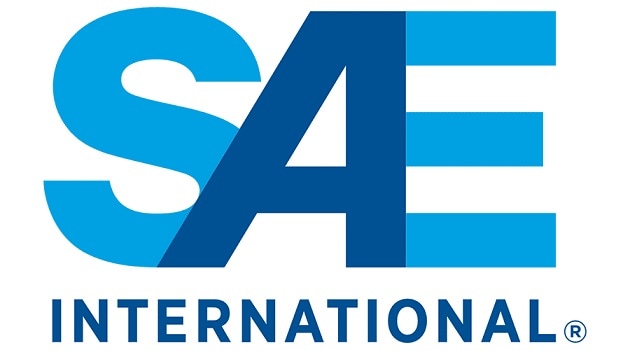SAE規格 J2602-3, 2021: (R) File Structures for a Node Capability File (NCF) and LIN Description File (LDF)
※当ウェブ・ショップに掲載のない規格につきましては、別途お問合せ下さいませ。
※掲載の規格は、当ウェブ・ショップに掲載時点で確認できた最新版でございます。 最新の発行状況につきましては受注時に改めて確認をさせて頂きますので予めご了承下さい。
Description
This document covers the requirements for SAE implementations based on ISO 17987. Requirements stated in this document will provide a minimum standard level of performance to which all compatible systems, design and development tools, software, ECUs, and media shall be designed. This will assure consistent and unambiguous serial data communication among all connected devices regardless of supplier.
This document may be referenced by any vehicle OEM component technical specification that describes any given ECU in which the single wire data link controller and physical layer interface is located.
The intended audience includes, but is not limited to, ECU suppliers, LIN controller suppliers, LIN transceiver suppliers, component release engineers, and vehicle system engineers.
The term “master” has been replaced by “commander” and term “slave” with “responder” in the following sections.
Mission/Theme
The goal of SAE J2602 is to improve the interoperability and interchangeability of LIN devices within a network by resolving those ISO 17987 requirements that are ambiguous, conflicting, or optional. Moreover, SAE J2602 provides additional requirements that are not present in ISO 17987 (e.g., fault tolerant operation, network topology, etc.).
Overview
LIN is a single wire, low cost, Class A communication protocol. LIN is a commander-responder protocol and utilizes the basic functionality of most universal asynchronous receiver transmitter (UART) or serial communication interface (SCI) devices as the protocol controllers in both commander and responder nodes. To meet the target of “lower cost than either an OEM proprietary communications link or CAN link” for low speed data transfer requirements, a single wire transmission media based on the ISO 9141 specification was chosen. The protocol is implemented around a UART/SCI capability set, because the silicon footprint is small (lower cost), many small microprocessors are equipped with either a UART or SCI interface (lower cost), and the software interface to these devices is relatively simple to implement (lower software cost). Finally, the relatively simplistic nature of the protocol controller (UART/SCI) and the nature of state-based operation, enable the creation of application specific integrated circuits (ASICs) to perform as input sensor gathering and actuator output controlling devices, in the vein of mechatronics.
All message traffic on the bus is initiated by the commander-node. Responder-nodes receive commands and respond to requests from the commander-node. Since the commander-node initiates all bus traffic, it follows that the responder-nodes cannot communicate unless requested by the commander-node. However, responder-nodes can generate a bus wakeup, if their inherent functionality requires this feature.
The LIN Consortium developed the set of LIN specifications. The Consortium was a group of automotive OEMs, semiconductor manufacturers, and communication software and tool developers. The LIN specification set is no longer available through the LIN Consortium. Instead, it has been converted to a series of ISO 17987 specifications.
The LIN specifications contain more than just a definition of the LIN protocol and physical layer. In addition, a work flow process, diagnostics and configuration methods, definition of an application program interface (API), file structures for a node capability file (NCF) and a LIN description file (ldf), and semantics are identified as required (mandatory in all implementations). However, since there is a great deal of flexibility in the protocol and physical layer, applicability of these specifications to SAE J2602 networks will be further specified in this document.











